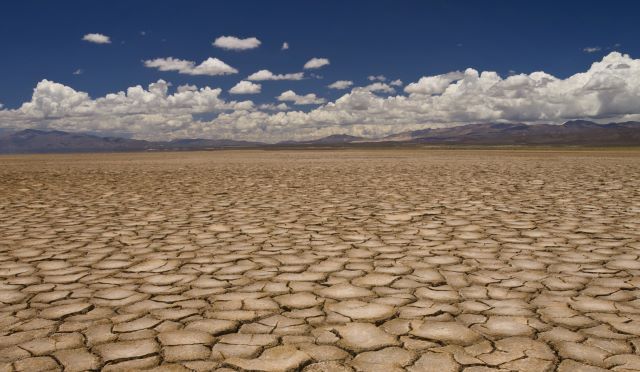
Jose Hurtado, Ph.D. has been a geology professor for more than a decade. At the University of Texas at El Paso (UTEP), he is known as one of the nation’s finest geology professors on the NASA team.
According to UTEP, in a letter written by Cynthia Evans, Ph.D., an Artemis geology training lead, NASA celebrated Hurtado’s work in helping the agency to create a foundation for their introductory geology program.
“Jose’s leadership for astronaut training deserves special mention,” the citation read in part. “He has generously provided his talent as a geologist and a teacher to help NASA build the framework of our introductory geology program for astronauts; he worked with our team for several months to plan and test the material. The astronaut class and their management called out the two-week training as some of the best they’ve received. They recognize that we have some of the nation’s finest geology professors on our team, including Jose Hurtado.”
Hurtado specializes in studying mountains like the Himalayas. After earning his Ph.D. in Geology from the Massachusetts Institute of Technology, a former advisor connected the post-grad to NASA.
Hurtado began partnering with NASA in 2008. Although he has spent a lot of time since running tests for the Multi-Mission Space Exploration Vehicle, NASA said his true impact has been teaching NASA astronauts about geology through a detailed curriculum he helped create. Hurtado introduces astronauts to geology and its relation to planetary sciences – knowledge they will need in future spaceflights.
“A big part of what they do from the International Space Station is Earth observation, so they’ll take pictures of the Earth and review the Earth from space,” Hurtado told UTEP. “So part of the philosophy of doing the Earth and planetary science training is to give them an idea of what they’ll be looking at. They need to understand Earth processes and geology.
“My background as a field geologist has been recognized as something valuable, which is one of the reasons why I’ve been welcomed into the field,” Hurtado added. “Field geology is something that most planetary scientists don’t have a strong background in.”
As an instructor, Hurtado has used his expertise to lead classroom sessions, mentor other instructors and contribute to publications documenting this training for NASA. He’s also supported other NASA initiatives, including testing out space suits, and has been a semifinalist for the astronaut program himself. Next, he’s excited to compete for research funding for the Artemis 3 Geology Team, which will develop all of the science plans for the Artemis 3 mission and review the samples brought back.
Here’s how UTEP explains Hurtado’s work:
When individuals are selected as NASA astronauts, they undergo two years of rigorous training and schooling to prepare them for spaceflight, which includes topics ranging from medical procedures and science to public speaking and jet piloting. While Hurtado’s work is just one part of the lengthy process, it sets a necessary foundation for astronauts, who often come from various backgrounds, science or otherwise.
The geology training takes place over two weeks. The first week consists of classroom work at the Johnson Space Center in Houston, Texas, providing future astronauts with a foundation in geology. The second week involves fieldwork, typically in areas like northern New Mexico or Arizona, where the landscape resembles the moon. While there, astronauts learn in-depth geology topics and practice teamwork and interpersonal communication skills as they camp in close quarters together, an essential skill needed for long trips in space.
As NASA aims to send more astronauts to the moon, Hurtado’s training also plays a critical role in preparing them.
“Dr. Hurtado’s leadership in training NASA astronauts for the moon and Mars demonstrates the high-tech nature of modern geosciences and how UTEP’s Department of Earth, Environmental and Resource Sciences is on the cutting edge of 21st scientific discovery,” said James Kubicki, Ph.D., chair of UTEP’s Department of Earth, Environmental and Resource Sciences.
The U.S. Army Corps of Engineers has been tasked with…
Brown and Caldwell, a leading environmental engineering and construction firm,…
Humboldt State University, one of four campuses within the California…